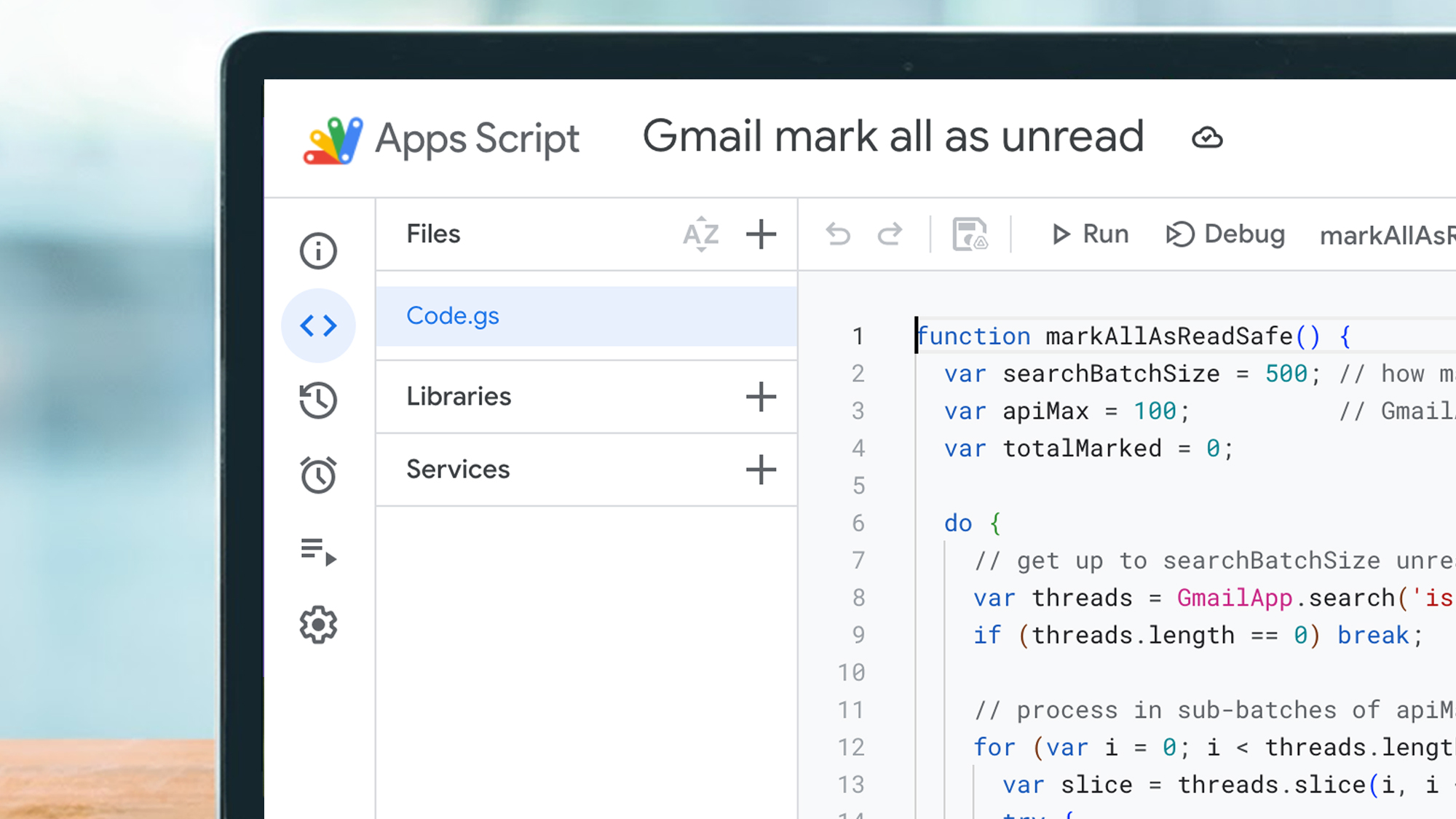Guntur: The stage is set for the construction of the Sankar vilas flyover in Guntur city as the govt has finalised the designs and is expected to open the financial bidding for the big-ticket project in a couple of days to finalise the contractor.
The long-pending (Rail Over Bridge) flyover project is being taken up with Rs 98 crore granted by the Union govt. The state govt has asked the Gyntur Municipal Corporation (GMC) and the Roads & Buildings department to ready all the alternative routes before the closure of the existing flyover for vehicular traffic very shortly.
The state govt wants to launch the physical work of the project in a couple of weeks as the GMC has completed the marking of the area to be acquired for the four-lane ROB and also has taken consent from the building/property owners. The existing ROB was constructed in 1958, and it served for more than 65 years, which is more than 15 years of its designed lifetime.
The state govt has cleared the designs for four-lane ROB which will replace the existing two-lane ROB. “As per the original decision, we wanted to go for six-lane ROB keeping in view the vehicular movement on the route for the next 50 years. However, we decided to confine it to a four-lane flyover to reduce the loss of properties as it is coming up in a prime area in the city,” said district collector S Nagalakshmi.
She said that they initially considered to build a Rail Under Bridge (RUB) before construction of a ROB due to the technical disadvantages. “If the RUB is constructed before the ROB, the intended benefit of maintaining traffic free flow will not be realized. During the construction of the ROB, including pier caps and girder launching, traffic will not be permitted in the construction zone due to safety concerns. As a result, the RUB would remain unusable during this period, defeating the purpose of building it first,” said Nagalakshmi.
Additionally, if the RUB is constructed first, its approach will have a gradient ranging from 4.0m below the existing original ground level (OGL) to 0.5m below OGL, with a raft foundation supporting the approaches. Since the ROB foundations must be at a minimum depth of 4.0m below OGL, any excavation carried out later for the ROB could lead to soil collapse beneath the RUB’s raft foundation, causing settlement of the ROB approaches. Given these constraints, it is essential to construct the ROB first, to ensure structural stability and uninterrupted traffic flow. She said that the RUB can be constructed safely without affecting ongoing traffic or compromising the integrity of either structure once the ROB is completed.
The long-pending (Rail Over Bridge) flyover project is being taken up with Rs 98 crore granted by the Union govt. The state govt has asked the Gyntur Municipal Corporation (GMC) and the Roads & Buildings department to ready all the alternative routes before the closure of the existing flyover for vehicular traffic very shortly.
The state govt wants to launch the physical work of the project in a couple of weeks as the GMC has completed the marking of the area to be acquired for the four-lane ROB and also has taken consent from the building/property owners. The existing ROB was constructed in 1958, and it served for more than 65 years, which is more than 15 years of its designed lifetime.
The state govt has cleared the designs for four-lane ROB which will replace the existing two-lane ROB. “As per the original decision, we wanted to go for six-lane ROB keeping in view the vehicular movement on the route for the next 50 years. However, we decided to confine it to a four-lane flyover to reduce the loss of properties as it is coming up in a prime area in the city,” said district collector S Nagalakshmi.
She said that they initially considered to build a Rail Under Bridge (RUB) before construction of a ROB due to the technical disadvantages. “If the RUB is constructed before the ROB, the intended benefit of maintaining traffic free flow will not be realized. During the construction of the ROB, including pier caps and girder launching, traffic will not be permitted in the construction zone due to safety concerns. As a result, the RUB would remain unusable during this period, defeating the purpose of building it first,” said Nagalakshmi.
Additionally, if the RUB is constructed first, its approach will have a gradient ranging from 4.0m below the existing original ground level (OGL) to 0.5m below OGL, with a raft foundation supporting the approaches. Since the ROB foundations must be at a minimum depth of 4.0m below OGL, any excavation carried out later for the ROB could lead to soil collapse beneath the RUB’s raft foundation, causing settlement of the ROB approaches. Given these constraints, it is essential to construct the ROB first, to ensure structural stability and uninterrupted traffic flow. She said that the RUB can be constructed safely without affecting ongoing traffic or compromising the integrity of either structure once the ROB is completed.






